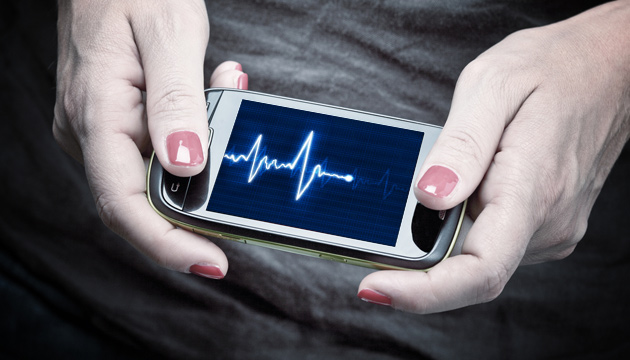The mHealth Opportunity


Will you do us the honor and join our team of authors?
To write for the SohoBlog, contact us at [email protected]
(Shakespearean prose not required.)

I recently wrote here about Jugaad, a new approach to innovation that takes into consideration the limits and opportunities in developing economies but is also very relevant to innovation in the Western world. The principals of Jugaad—which preach for simplicity, flexibility and frugality in innovation—are reflected in technologies that are already common in developing countries but are only now gaining momentum in the west. mHealth, the focus of this post, is only one example.
mHealth is a term used to describe medicine and public-health practices that are supported by mobile devices and technology. The mHealth market is expected to grow 42 percent yearly over the next five years and to be worth 10.2 billion dollars worldwide in 2018. These high growth rates prove that a technology that was once related to health services in developing countries trying to make the most of their humble resources is now turning mainstream worldwide.
According to analysts, high penetration rate of smartphones, an increasing number of patients with chronic diseases, and rising healthcare costs are pushing governments, insurance companies, and tech firms to give the mHealth opportunity a serious chance.
Jaspal S. Sandhu, in an article in the Stanford Social Innovation Review, identifies the opportunity of mHealth. Here are a few of his insights:
Go Beyond Apps: Mobile applications are very popular in the US among young people, but they might be irrelevant when targeting older people who are the key market for mHealth. Text messaging and voice, which are the most-used technologies for mHealth in the rest of the world, “represent powerful tools with almost ubiquitous reach.” It might seem outdated, but building mHealth technology on voice recognition systems and text messaging communication may be much more effective and useful than using cutting-edge applications.
Target the Underserved: Just as in developing countries, poorer populations in the US are key adopters of mHealth solutions. In the US the rural and urban poor, the uninsured, the underinsured, the Medicaid population, and the undocumented are more likely to be open to using free health services.
Mix Digital with Tactile: mHealth innovation should focus on creating a communication not only between connected devices, but also between connected devices and offline products and services. This opportunity is seized today mainly in the pharmaceutical market when mobile technology is being used to identify if a drug is authentic or counterfeited.
Rethink the Business Model: mHealth solutions are all about doing good, but they are also about making money. The incorporation of other mobile technologies such as mobile payments and M2M could turn mHealth solutions into a revenue-generating technology that benefits all players in the value chain.
I decided to write about mHealth because I believe it will truly change the face of medicine for the better. mHealth solutions will encourage prevention rather than (after the fact) treatment, and they will help people be more health conscious and therefore healthier. In order for mHealth to be what I hope it will, innovation is required, and that where SMBs kick in. Through cooperation with other small firms (and mobile operators), SMBs can take the front seat in the development of this emerging industry.
|
|
|